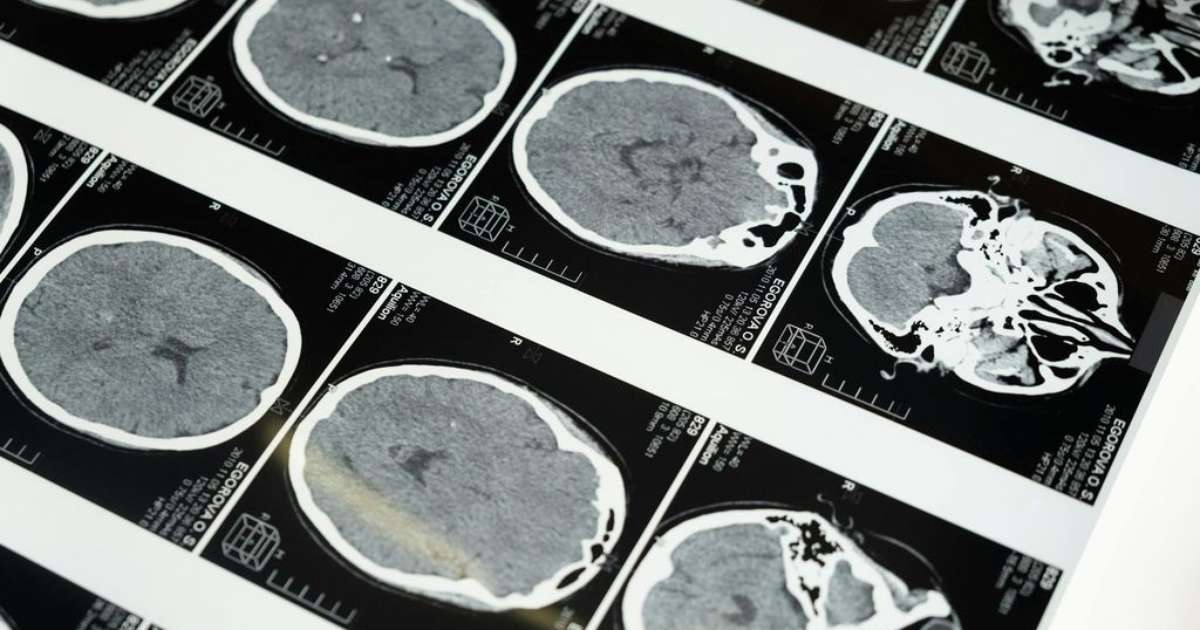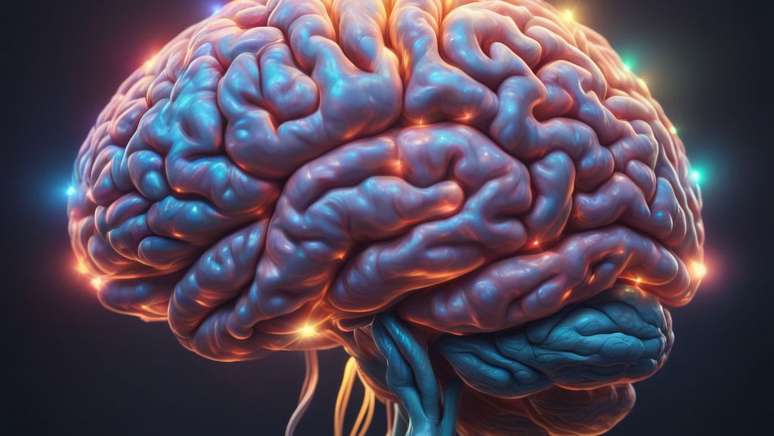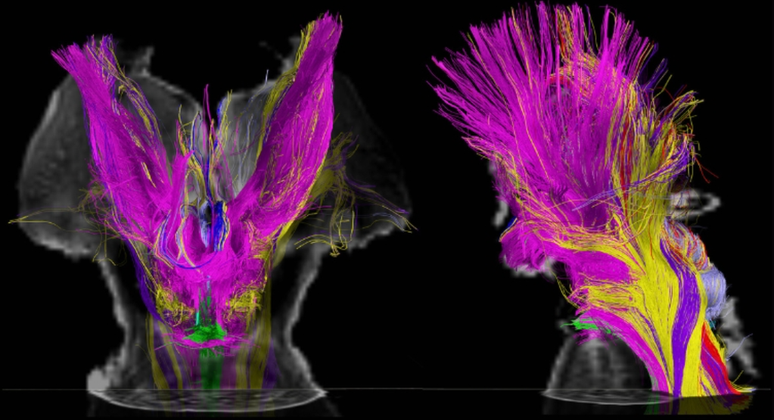Using MRI, scientists are looking for an explanation for people remaining awake during anesthesia and coma, for example, and may have found that
May 3
2024
– 23:00
(Updated 5/4/2024 at 9:57 PM)
Scientists are studying consciousness and its possible origin in… the human mind They may have discovered another area responsible for alertness: the brainstem, an area with nerve cells clustered in a thick cord at the back of the organ.
Research is linked to understanding Changes in states of consciousness, such as coma And the comatose state, For example. Some individuals, for example, show vague awareness or awareness of their surroundings or even become completely awake during anesthesia, something that science still does not understand well.
States of consciousness and the brain
According to what remains superficial Scientific knowledge about consciousnessIt is divided between two different dimensions: arousal – or alertness – and fear – or awareness. In 2016, scientists at Harvard Medical School discovered the first evidence that the brainstem regulates arousal and parts of the brain associated with consciousness.
In patients admitted to hospital with brainstem injuries, the majority of unconscious patients had damage to a part of the stem called the dorsolateral pontine tegmentum, while only one of Conscious There was damage in this area. we Coma patients In the vegetative state, the connection between the brainstem and the two cortical areas was also observed in brain scans.
One of the study’s scientists, Brian Edlow, investigated the situation in depth in a new study with his team at the Massachusetts Institute of Technology (MIT) and the University of Tours. maps drawing Neural networks in the brain Closed, in contrast to studies of the cortex, the outer part of the organ.
This is partly because imaging techniques cannot separate the activity of neurons isolated from the brainstem from the activity of the networks where they come from. Towards the brain.
The focus was on exploring alertness during rest, when the brain is in “ready mode,” meaning it can process information, but is unable to devote itself to tasks or give full attention. Scientists have named the network emerging from the trunk the ascending arousal network (REA), and its connection to the brain’s alertness centers has been studied.
Such connections have already been extensively mapped in animals, but not in humans. To do this, the brains of three dead people were scanned via MRI, as well as the brains of 84 healthy people, with data collected by the Human Conectome Project, a US initiative that plans to map connections throughout the organ.
Thus, a highly connected network was found in the midbrain, starting in the ventral tegmental area and connecting to other points previously mapped in the REA. A connection was also observed between this network and other networks also related to parts of the cerebral cortex that we know are responsible for it personal pronoun.
Previously, it was thought that the ventral tegmental area was only responsible for modulating behavior and cognition, two very active processes, but the current study has increased scientific knowledge about its role in alertness.
Other direct connections linking the brainstem to the cerebral cortex were seen in the region of the medial forebrain bundle, which is located in the frontal lobe of the organ. This study, although small in scale, scientists acknowledge, is an important first step toward understanding something as mysterious and complex as consciousness.
source: Science Translational Medicine
Popular on Canaltech:

“Hardcore beer fanatic. Falls down a lot. Professional coffee fan. Music ninja.”









More Stories
The law allows children and adolescents to visit parents in the hospital.
Scientists pave the way for the emergence of a new element in the periodic table | World and Science
Can dengue cause hair loss? Expert explains how the disease affects hair